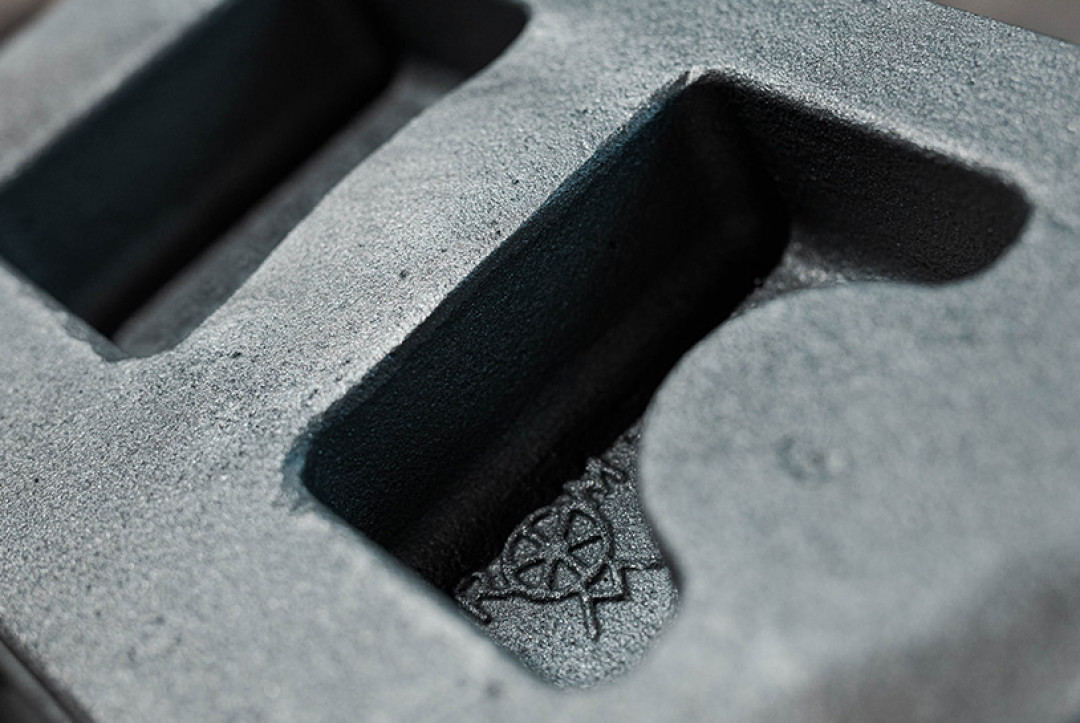
The iron foundry Römheld & Moelle is now stating the full Product Carbon Footprint (PCF) in its quotations for castings. In concrete terms, this means that the company includes emissions in Scope 1, 2 and 3.
For two years now, the foundry's customers have been able to see an emissions footprint of any castings requested on the quotation document. However, previously this only included Scopes 1 & 2 (i.e. direct and indirect greenhouse gas emissions from operations). Scope 3 comprises the emissions of upstream and downstream processes across the entire value chain and is therefore more complex and difficult to capture.
"A medium-sized foundry can in fact calculate Scope 3 emissions"
Christoph Althausse, Managing Director at Römheld & Moelle, explains: "Our switch to green electricity at the beginning of 2023 slashed our emissions in Scope 1 and 2 by over 90 percent. It’s made it impossible for us to continue to exclude Scope 3 emissions in good conscience. They represent a significant part of the remaining emissions from our castings." It is true that these emissions cannot be directly influenced everywhere. "But we can create transparency, identify reduction potential and tackle this in a structured manner," says Althausse. "It is important to us to show that a medium-sized foundry like us can in fact calculate Scope 3 emissions. The tools are available."
From Corporate Carbon Footprint down to casting level
Römheld & Moelle calculates emissions in Scopes 1, 2 and 3 in line with the GHG Protocol and publishes these annually as part of its sustainability reporting. Through a switch to 100 percent green electricity, there have been no Scope 2 emissions since 1 January 2023. This means that the Corporate Carbon Footprint (i.e. the company's total emissions) now only contains emissions from preheating and casting processes and emissions from the upstream process chain (Scopes 1 and 3).
Currently, the product carbon footprint is calculated as the quotient of the corporate carbon footprint and the corresponding production volume. That means it does not differentiate between different iron casting materials or different moulding processes. Projects are underway to assess the specific greenhouse gas emissions of castings by the moulding method used (at Römheld & Moelle they are full-mould casting, 3D sand printing and hollow-mould casting with permanent pattern) in order to better understand the differences in terms of emissions between the processes and to include this insight in the foundry's decarbonization strategy.
True reduction, not compensation
Althausse refers to a survey that the company conducted among its customers two years ago. According to the survey, one fifth reported that they would require cast products to be climate-neutral from 2025 onwards. A further 46 were planning to do so from 2030, with over 80 per cent clearly stating that they defined "climate neutrality" strictly as the elimination of actual CO2 emissions. Only 16 per cent would accept compensation through certificates. "As suppliers, this only spurs us on: we must make progress quickly, but without shortcuts," said Althausse, commenting on the results.
Featured photo: Römheld & Moelle

